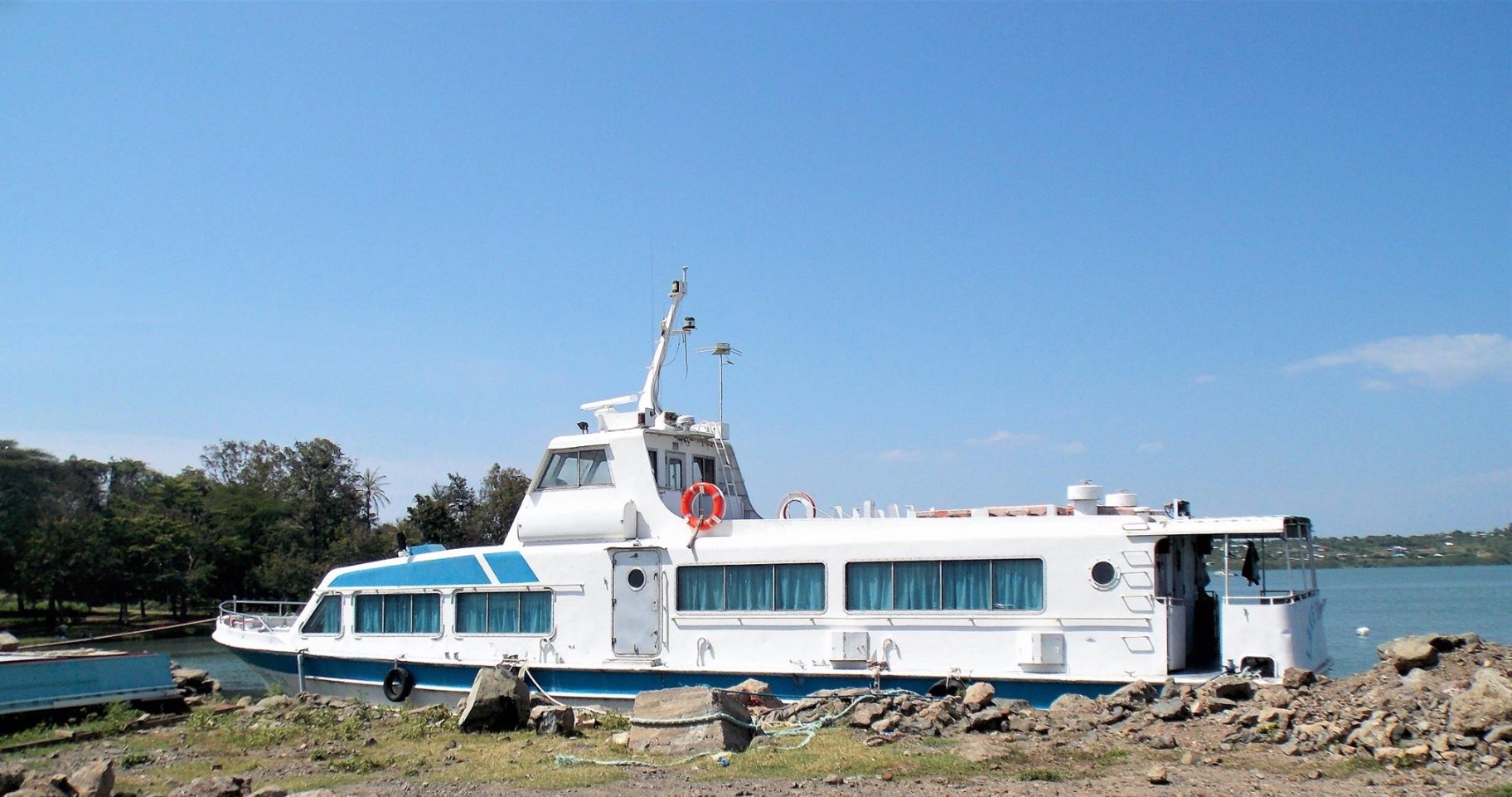The recently released HIV prevalence report shows that Siaya County is leading with the highest number of adults infected with HIV in the country, narrowly overtaking Homa Bay.
The document prepared by two government agencies leading the fight against the scourge notes that Siaya recorded a prevalence of 21 per cent followed by Homa Bay at 20.7. Kisumu County was third at 16.3 per cent while Migori and Busia came fourth and fifth with 13. 3 per cent and 7.7 per cent respectively.
Although no outstanding contributory factors to the high prevalence have been authoritatively isolated, it is assumed that a number of reasons contribute to this. Top on the list is the Luo tradition, the predominant ethnic group in the region, of no-circumcision, tero (wife inheritance), polygamy and general sexual promiscuity and secondly, the geographical disposition of the province within proximity of the lake.
It is estimated that there are over 208 commercial fish-landing posts along the shoreline in Nyanza and Western provinces. Of these 187 posts or 90% are on the Nyanza side of the lake distributed in the counties of Kisumu (32), Siaya (46) and Homa Bay (109). Commercial fish landing and other fish related businesses contribute an estimated Kshs 12 billion annually to the national economy making fishing a lucrative venture to the people of the region.
But Foundation of People Living with HIV/Aids in Kenya( FOPHAK) selected Luanda Kotieno Beach, a strategic fish landing post in continues to undertake HIV interventions targeting fisher folks under Global Fund Round 7, in partnership with CARE International in Kenya.

The office has so far served the entire Rarieda District with a total of 17 beaches and the hinterland. The fish-for sex exchange has been highlighted as a major factor in the spread of HIV/AIDS among fishermen and female fishmongers in what the fisher community has christened ‘jaboya system’.
This system has survived and thrived among fisher folks over the years due to ignorance about HIV, migratory practices of fishermen (most of whom do not live with their families) from beach to beach and poverty.
Women fishmongers, most of whom are widowed by HIV/AIDS and young and vulnerable female orphans, in an effort to improve their chances of obtaining fish from fishermen often offer sex favors to the fishermen (joboya) in exchange for the best catch and best bargains. It does not end there.
. For those who need space in the local buses and matatus (which always have limited space) to transport their fish to other markets, the sex offer is extended to the turn-boys and drivers to reserve space. The sex-chain is thus extended with multiple partners irrespective of one’s HIV status and more often than not, without protection.
Nyanza counties top in HIV prevalence with Homabay leading
FOPHAK’S main intervention for this community has been to sensitize the fisher folks on counseling and testing and increase uptake of ART among those who are already infected. Sensitization was carried out in a number of beaches within Uyoma and Asembo locations of Rarieda District using DASCO accredited facilitators, working with positives and use of strong mobilization teams which included carefully selected mobilizers, beach leaders and local community leaders.
FOPHAK also worked with other partners to address some of the challenges such as long distances to the available VCT centers and health facilities which inhibited treatment, counseling, and testing. Madiany District Hospital, the nearest health facility is situated in the hinterland some 18kms from Luanda Kotieno.
The organization’s center operated as an open friendly and accommodating office working 7 days a week from 8 am to 9 pm daily where the fisher community would present HIV related issues.
Major lessons learned were that the fisher folks are highly engaged, busy people who are driven by the urge to make money every day by either being in the lake fishing or trying to get markets for the catch and hence have no time to visit VCT centers located long distances away.


